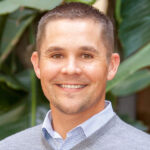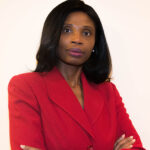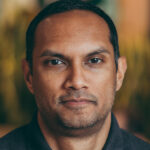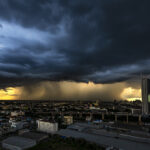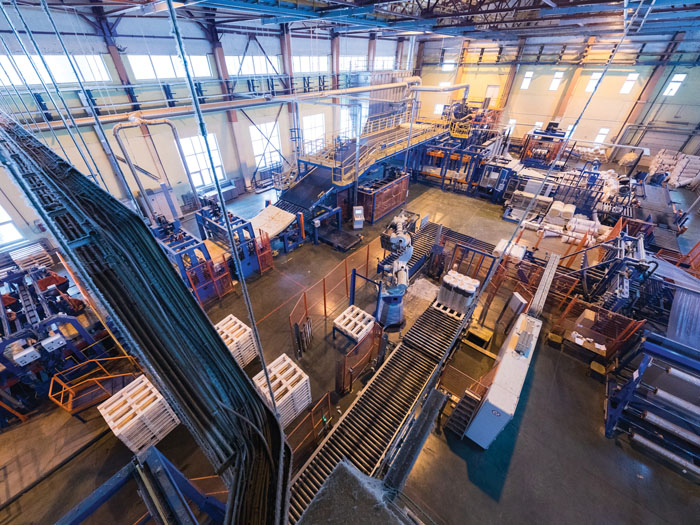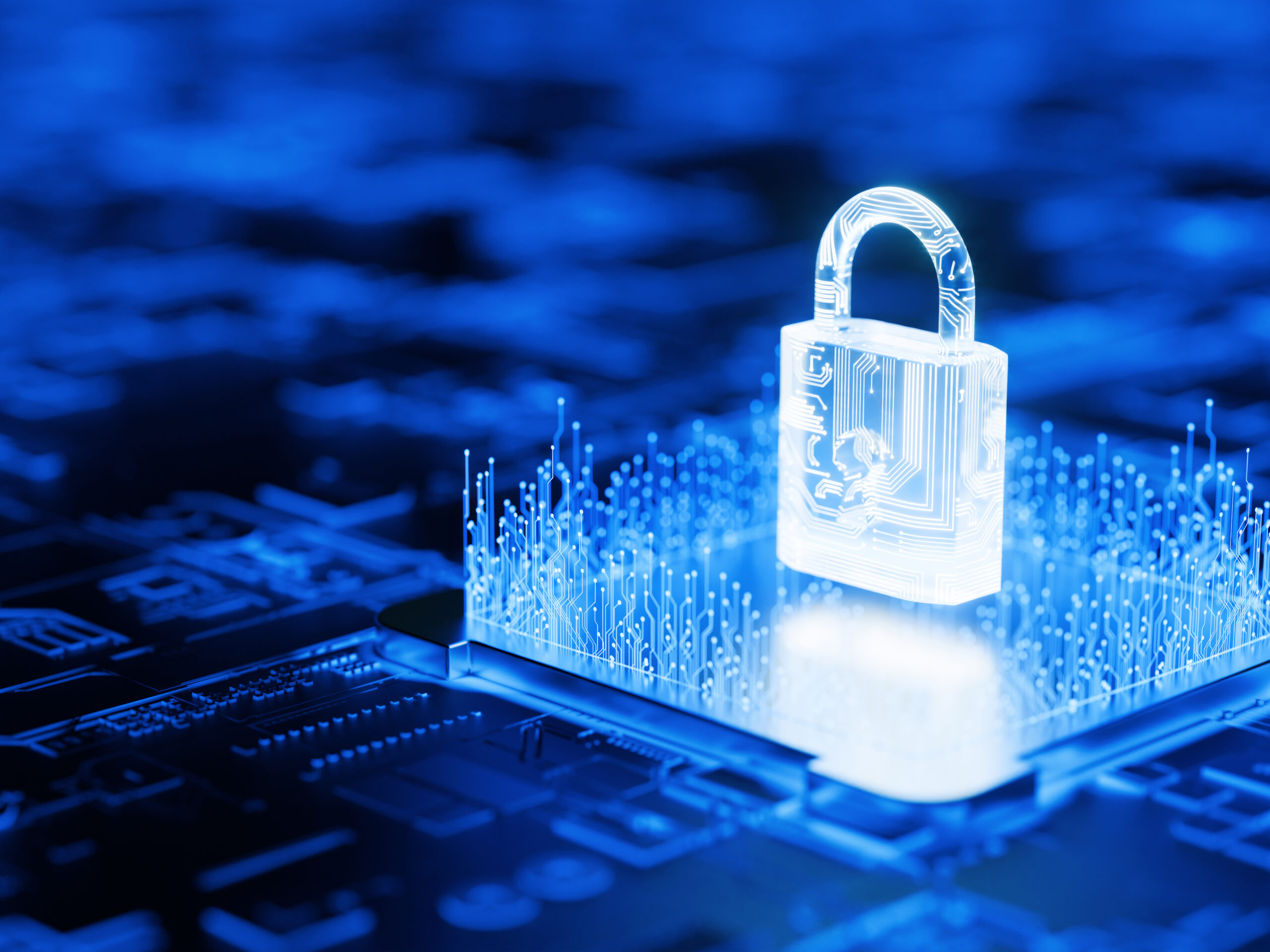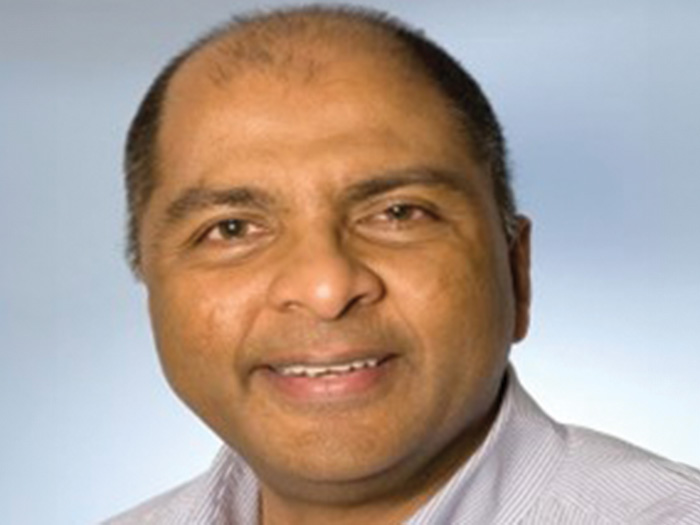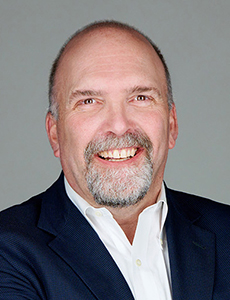RISKWORLD™ 2025 Coverage: FM’s Randy Hodge Discusses the Intellium Initiative
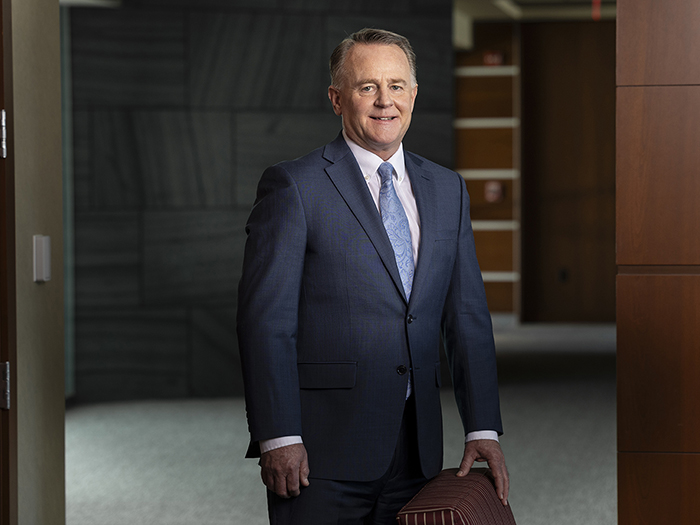
At RISKWORLD™ in Chicago, Dan Reynolds, editor in chief of Risk & Insurance, caught up with Randy Hodge, COO of FM, to discuss the company’s new Intellium initiative. The following is a transcript of that discussion, edited for length and clarity.
Risk & Insurance: Thanks for meeting with us Randy. What was the impetus for FM to launch this initiative?
Randy Hodge: A trend that we’re seeing in the industry and the world is that companies are being more and more reliant on cloud service providers, AI, computing capability, and computer operations that are based in data centers. Data centers have a client’s information flowing through them that is enabling them to run their business, do detailed calculations, and use AI to make better business decisions.
As these things are being built, you can think about it as being yet another part of our world’s infrastructure. It’s like a power service provider. It could be like a water provider. In any of those cases, we’re relying on it, and so it needs to be very resilient.
We saw a strong alignment with that industry. We already have some of the largest data center companies in our book of business. But we’re seeing literally in excess of a trillion dollars of investment going in the next three years into building data centers.
FM’s contribution to the data center industry is twofold. First, we want to ensure that our clients who are data center operators are resilient. Second, we recognize that all of our clients who aren’t data center operators have their operations in these data centers, and we have a responsibility to ensure their resilience and ability to run their businesses without disruption.
Data centers have a near-zero tolerance for downtime. Their owner’s desire for them to be operational is paramount. They have a strong interest in being built correctly, with resilience and enough redundancy to enable continuous operations.
We’re also seeing that one of the limiting factors for data center growth has been the reliance on electricity. The electricity demands of some data centers can be equivalent to a medium or large city. In some cases, they’re building their own on-site power generation, and we have a specific specialty in our company focused on power generation.
R&I: You have a familiarity with traditional and renewable energy risk engineering, do you not?
RH: FM has established a dedicated renewable energy unit within the company, operating as a standalone product line. FM Renewable Energy is solely focused on ensuring the resilience of renewable energy systems.
Data center providers are increasingly installing on-site power generation that includes renewable energy sources such as solar and, in some cases, wind. They are also implementing battery energy storage systems to complement these renewable sources.
FM Renewable Energy works closely with these providers to develop tailored solutions that enhance the reliability and resilience of their alternative energy infrastructure. By specializing in this area, we aim to support the growing adoption of sustainable power generation in the data center industry.
R&I: How do you view the balance of power generation that will be needed to serve these data centers?
RH: The energy mix will depend on the specific operations and their location, as well as the resources available to them. If companies have access to large spaces suitable for solar farms, that would be an excellent option.
However, not all operations may have this opportunity. In such cases, they will need to explore alternative methods to meet their energy needs while reducing their reliance on fossil fuels.
R&I: How would you characterize the business opportunities for FM in this area?
RH: The opportunities in this space are a blend of both risk engineering and coverage. On the engineering side, data center clients have a strong desire to build, which aligns well with our engineering expertise.
However, as these data centers grow in size, they require increasingly large coverage limits, often exceeding a billion dollars. This is where our specialty lies. When we have a well-engineered risk, we regularly provide limits in excess of a billion dollars to meet the industry’s growing demand for high coverage limits.
R&I: Is the Intellium initiative up and running?
RH: The Intellium initiative is fully operational. We have been servicing data centers for years, but we recently developed a bespoke product focus in response to the explosive growth happening in this sector.
The data center industry is experiencing tremendous growth due to the increasing demand for digital infrastructure. As more businesses and consumers rely on cloud computing, streaming services, and other data-intensive applications, the need for secure and reliable data storage and processing facilities continues to rise.
This presents a significant opportunity for companies that specialize in designing, building, and operating data centers. From an engineering perspective, data centers are attractive because they require a high level of technical expertise and attention to detail.
Factors such as power supply, cooling systems, network connectivity, and physical security must be carefully planned and implemented to ensure optimal performance and reliability. By leveraging our engineering capabilities and experience in this field, we are well-positioned to capitalize on the growing demand for data centers while managing the associated risks effectively.
Focusing on data centers allows us to streamline our efforts by leveraging our unique strengths and in-house expertise. It’s a strategic move that brings together all of our capabilities into a single, concentrated focus.
By dedicating our resources and knowledge specifically to data centers, we can capitalize on our existing proficiencies. This targeted approach enables us to deliver specialized solutions that cater to the unique needs of the data center industry.
R&I: What was the process of launching this data center initiative, and which stakeholders within the company had to collaborate to make it happen?
RH: Launching our data center program required collaboration from all of our core functions within the company. I led the project and assembled a team that included our engineering group, particularly field engineering, to address specific needs.
Our research group was also involved to find solutions for new hazards being introduced in data centers, such as battery energy storage system fires. The underwriting team had to craft coverages to meet the unique contractual needs of data center providers and their clients.
The claims team focused on the distinct coverage issues for data centers. Our marketing group worked on the external presentation of the initiative. The innovation group explored the next generation of data centers to help us stay ahead with our research.
R&I: Switching topics slightly here, toward a renewable energy risk engineering question. What are some of the key hazards and engineering challenges associated with solar panels, and how is FM addressing these issues through research and innovation?
RH: Fire is one of the biggest hazards with solar panels, believe it or not. When you fly over a city and see rooftops covered with solar panels, those panels present a fire risk. Our research and approvals group focused on finding a solution to this problem first.
We have approved solar panels constructed of materials and electrical systems that won’t start a fire or contribute to fire spread. This is a global issue that could happen anywhere on the planet.
In addition to fire, certain regions like the middle part of the US face the challenge of hail. Solar panels need to withstand the impact of hailstones, which can exceed an inch or even two inches in diameter. Our research group found that the glass used in solar panels has a wide range of resistance to hail impact, with many universally unable to resist the impact of large hailstones.
We’ve been working with manufacturers to develop glass systems resistant to hailstones up to an inch and a half, and now we’re working on solutions for even larger hailstones. This is an ongoing project to address the regional hazard of hail damage to solar panels.
Last year, we conducted extensive testing on solar panels at our research campus in Rhode Island. We used a hail cannon to fire hail balls at the panels, researching various techniques, styles, glass types, thicknesses, and coatings that can be used.
Our ultimate goal is to have manufacturers produce FM Approved panels. These panels would qualify for all our certifications and go through a rigorous testing process, earning the FM Diamond. With the FM Diamond, we can confidently recommend these panels to our clients.
R&I: Can tilting solar panels help protect them from hailstorms?
RH: Tilting solar panels is one of the many efforts being made to protect them from hailstones during storms. By angling the panels, the goal is to minimize the direct impact of hail on the glass surface.
However, this introduces another challenge, particularly during supercell storms that bring high winds along with hail. When the panel is tilted on its side to avoid hail impact, it becomes more vulnerable to wind load, putting additional stress on the structure.
So while tilting panels can help mitigate hail damage, it’s not a simple solution that works in all cases. The increased wind load on the tilted panels must also be taken into consideration and addressed.
R&I: What causes the fires that have been occurring with solar installations?
RH: The fires are often caused by issues with the solar panels on the roofs. These panels have a large amount of electrical current running through them, and if there is an electrical short or a subpar installation, they can overheat.
Some of the solar panels use combustible adhesive materials. When these materials reach a high enough temperature, they can ignite and spread the fire. The radiant heat from the burning solar panels can then cause the roof below to catch fire, allowing the flames to spread across the entire roofing system.
While severe losses from building fires caused by solar panels can be significant, fire is not necessarily the most frequent cause of loss. As I mentioned, hail damage is another major concern in the industry.
Imagine a thousand acres of solar panels hit by a hailstorm that damages 75% of the panels. The average loss size for hail damage may be larger than that of fires. Fires don’t always result in total building loss; sometimes only the panels are affected.
However, when a building does burn down due to a solar panel fire, it tends to make headlines and draw attention to the issue.
R&I: Back to the data centers, they require a lot of water and electricity to run. Do you feel that we have the resources to run them sustainably?
RH: I am confident that there will be sufficient power available, either through the grid infrastructure or companies building their own on-site power generation. While the limitation on power is a factor, it will not halt construction.
R&I: How optimistic are you about FM’s Intellium initiative?
RH: I am very optimistic about our initiative. The level of interest and discussion surrounding this initiative has been astronomical since we began talking about it.
At RISKWORLD™ in Chicago, our practice leader for data centers had a full calendar of meetings with clients and potential clients looking to engage in this initiative. I believe it will be one of the most successful initiatives we have launched in a very long time. &

